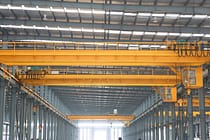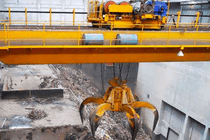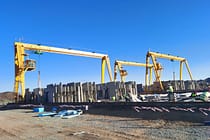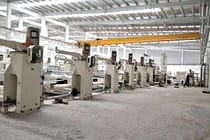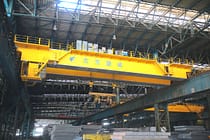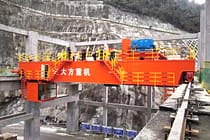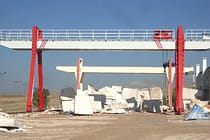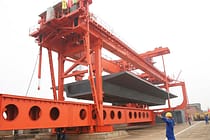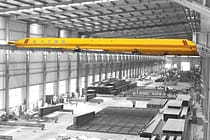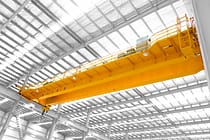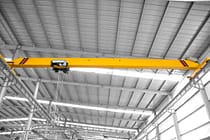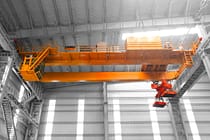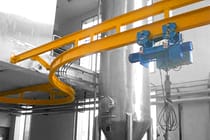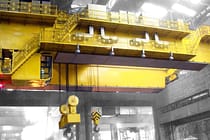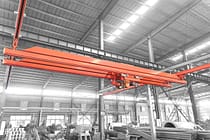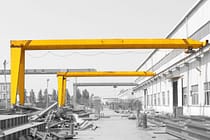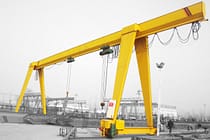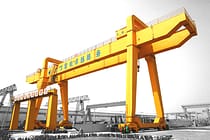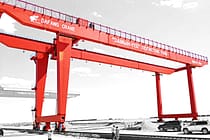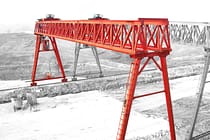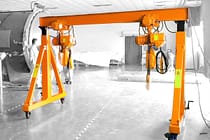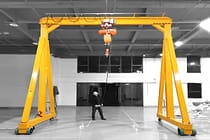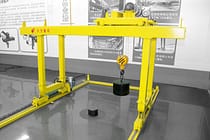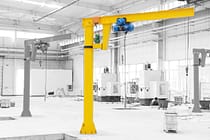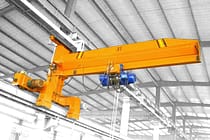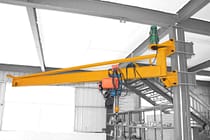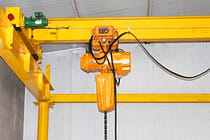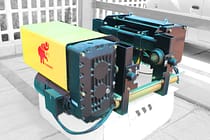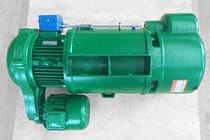Explosion Proof Overhead Cranes: Safety in Hazardous Environments
Overhead cranes are essential equipment for material handling and transportation in numerous industries. They are used to lift, move, and reposition heavy loads with precision and efficiency. However, in hazardous environments like oil refineries, chemical plants, and mines, the use of conventional overhead cranes can be unsafe due to the risk of explosions. To mitigate this risk, explosion-proof overhead cranes are designed and manufactured. These specialized cranes provide a safer operation in hazardous environments by minimizing the risk of ignition sources that could lead to an explosion.
What Are Explosion-Proof Overhead Cranes?
Explosion-proof EOT cranes are specialized cranes that are designed to operate in hazardous environments where there is a risk of explosion due to the presence of flammable gases, liquids, or dust. These cranes are commonly used in industries like oil and gas, chemical production and mining where there is a risk of fire or explosion.
To minimize the risk of ignition, explosion-proof bridge cranes are designed with various safety features, such as spark-resistant materials, sealed electrical components and wiring, and explosion-proof enclosures around motors and other equipment. Additionally, these cranes are often equipped with a variety of sensors and safety systems to monitor the environment for potentially explosive conditions and shut down the crane if necessary.
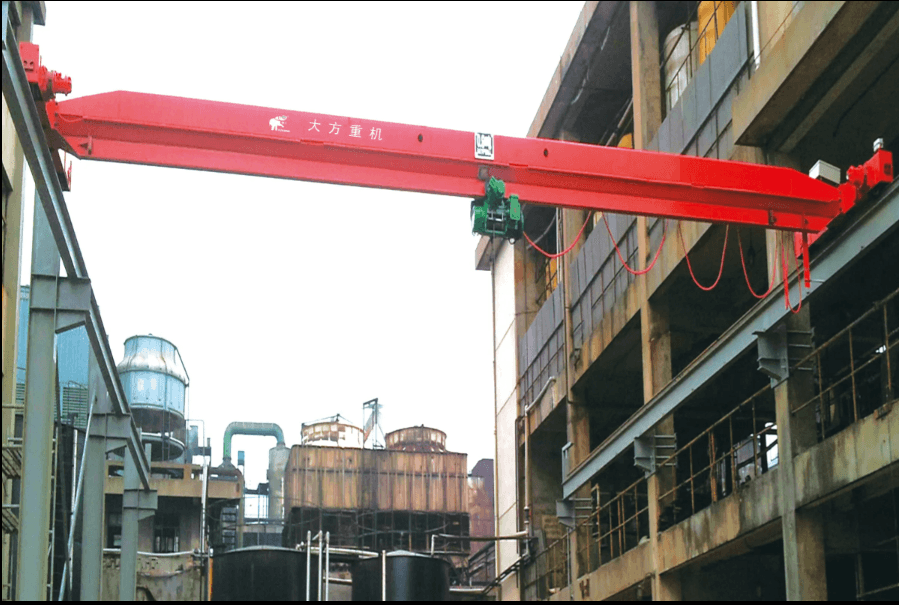
Components Overhead Crane of an Explosion-Proof
Motors
One of the key elements of an explosion-proof crane is its motor. The motors used in these cranes are specially designed to prevent sparking through the use of non-sparking components such as copper alloy brushes and slip rings. Several types of motors are available for explosion-proof cranes, including AC and DC motors. AC motors are typically used for medium to large-capacity cranes, while DC motors are typically used for small cranes or applications requiring variable speed control.
Gearboxes
Another key component of an explosion-proof crane is its gearbox. The gearbox is responsible for converting the rotational motion of the crane motor into the linear motion required to move the crane load. In an explosion-proof crane, the gearbox is designed to prevent the build-up of heat that could cause the ignition of flammable gases or dust. This is achieved through the use of specialised cooling systems and non-sparking components.
Brakes
Brakes are also an important part of explosion-proof cranes. The brake is responsible for stopping the movement of the crane and, if necessary, preventing it from moving. In explosion-proof cranes, the brake is designed to prevent the formation of arcs or sparks that could ignite flammable materials. This is achieved by using non-sparking components and special wear-resistant brake linings.
Controls
The crane control system is responsible for controlling the movement of the crane and ensuring that it operates safely and efficiently. In an explosion-proof crane, the control system is enclosed in a fireproof enclosure that prevents arcing or sparking from exposed electrical contacts. The control system is designed to prevent heat build-up that could lead to the ignition of flammable materials.
Wiring systems
The wiring system in explosion-protected cranes is specially designed and manufactured to meet the requirements of working in hazardous areas. The electrical components and wiring are enclosed in a fireproof enclosure to prevent sparks from escaping and igniting flammable materials.
Features of an Explosion-Proof Overhead Crane
Use the non-sparking components: These components are made from materials that do not spark when they come into contact with other metals or hard surfaces. This is important because even a tiny spark can ignite flammable gases, vapours or dust, potentially causing an explosion. Non-sparking components are typically made from materials such as copper-beryllium alloys or aluminium-bronze alloys.
With the Explosion-proof enclosures: These enclosures are designed to prevent any sparks, flames or hot surfaces from escaping and igniting any nearby flammable materials. They are usually constructed from heavy-duty steel and fitted with gasketed doors to provide a secure barrier between the crane’s electrical components and the surrounding environment.
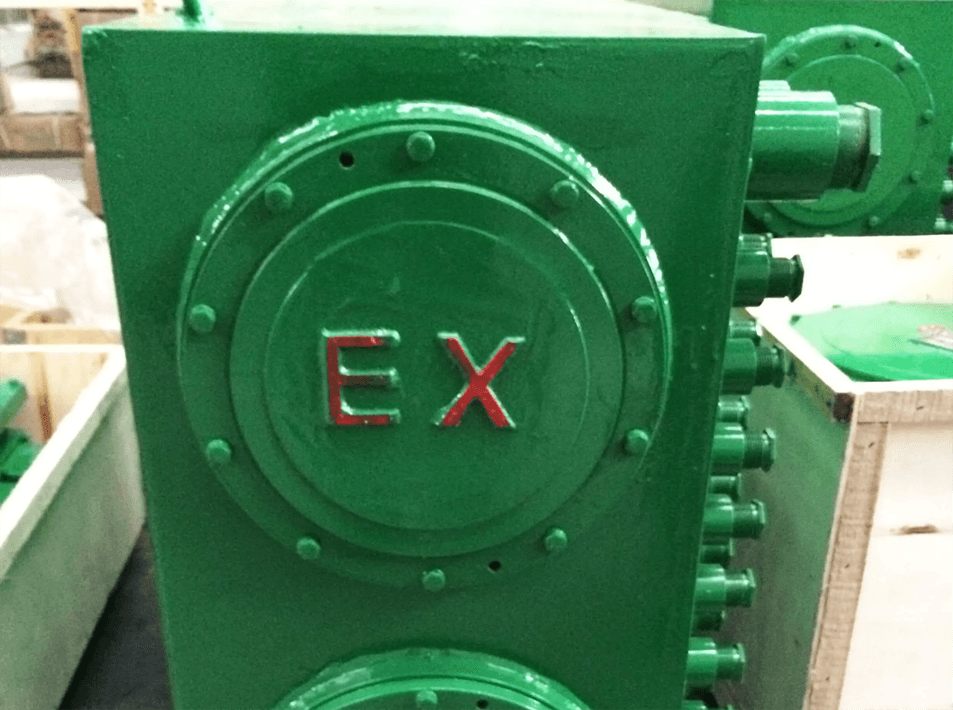
Specialized lighting fixtures: These fixtures are designed to provide adequate illumination in areas where flammable materials could be present, without creating any heat or sparks. Explosion-proof lighting fixtures are typically constructed from materials that can withstand high temperatures and corrosive environments, such as tempered glass and aluminium.
Applications Of Explosion-Proof Overhead Cranes
Oil And Gas Industry
The oil and gas industry is one of the most hazardous environments where explosion-proof overhead cranes are widely used. These cranes are used to lift and move heavy loads in refineries, petrochemical plants, and offshore drilling rigs where volatile chemicals and gases are present. Ensuring safe operations in these environments helps prevent costly accidents and injuries.
Chemical Plants
Chemical plants produce numerous chemicals, some of which are highly flammable or toxic. The use of explosion-proof EOT cranes is essential to minimize the risk of explosions and fires by preventing sparks or heat from igniting the atmosphere. They help maintain a safe work environment for workers and equipment.
Mining Industry
Explosion-proof overhead cranes are also crucial in the mining industry. Mines often have a high potential for methane gas or coal dust explosions. The use of explosion-proof cranes ensures safe material handling, reducing the risk of accidents and equipment damage.
Safety Guidelines for Using Explosion-Proof Overhead Cranes
It is crucial to follow safety guidelines when using explosion-proof overhead cranes to minimize the risk of accidents and injuries. These guidelines include proper training of workers operating the crane, regular inspection of the crane before use, and following load capacity limits. It is also important to follow safety protocols such as wearing protective equipment and avoiding smoking or open flames in the area.
FAQs
- Are explosion proof overhead cranes more expensive than traditional cranes?
Yes, explosion proof overhead cranes are typically more expensive due to their specialized components and design features. - Can explosion proof overhead cranes be customized for specific applications?
Yes, manufacturers offer a range of options to customize explosion proof overhead cranes for specific industries and applications. - What regulations require the use of explosion proof bridge cranes?
Regulations from organizations such as OSHA and ATEX require the use of explosion proof overhead cranes in hazardous environments. - How often should explosion proof overhead cranes be maintained?
Maintenance schedules for explosion proof overhead cranes vary depending on the specific application, but regular inspections and preventative maintenance are essential to ensure safe and efficient operation. - Can explosion proof overhead cranes be used in wet or humid environments?
Yes, explosion proof overhead cranes can be designed and built to operate safely in wet or humid environments.
Send Your Inquiry
- Email: sales@hndfcrane.com
- WhatsApp: +86-191 3738 6654
- Tel: +86-373-581 8299
- Fax: +86-373-215 7000
- Add: Changnao Industrial District, Xinxiang City, Henan Province, China
